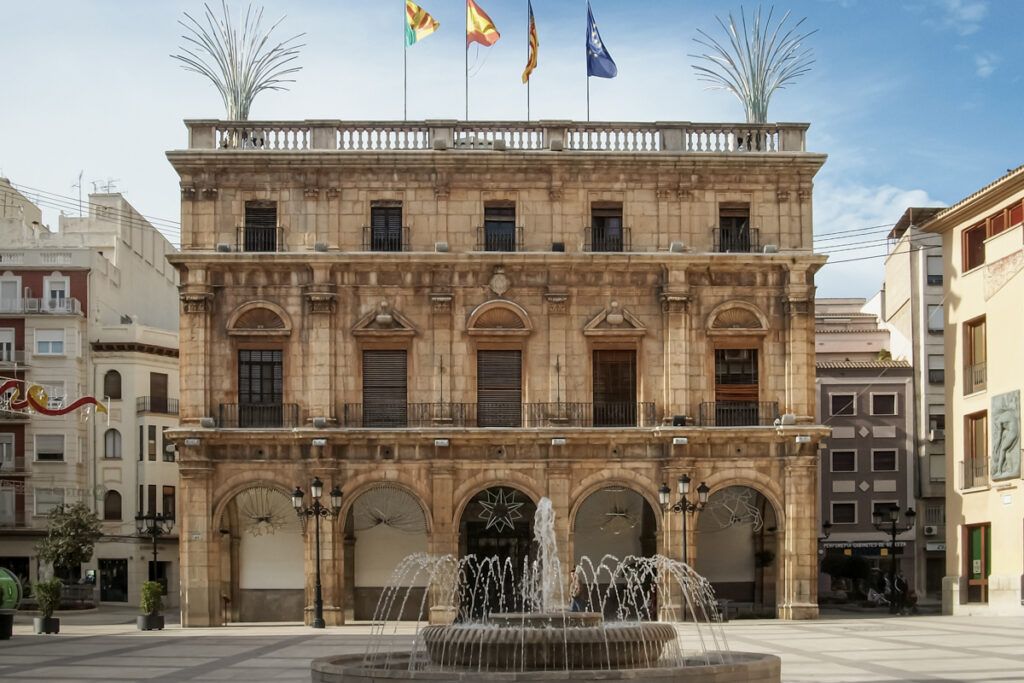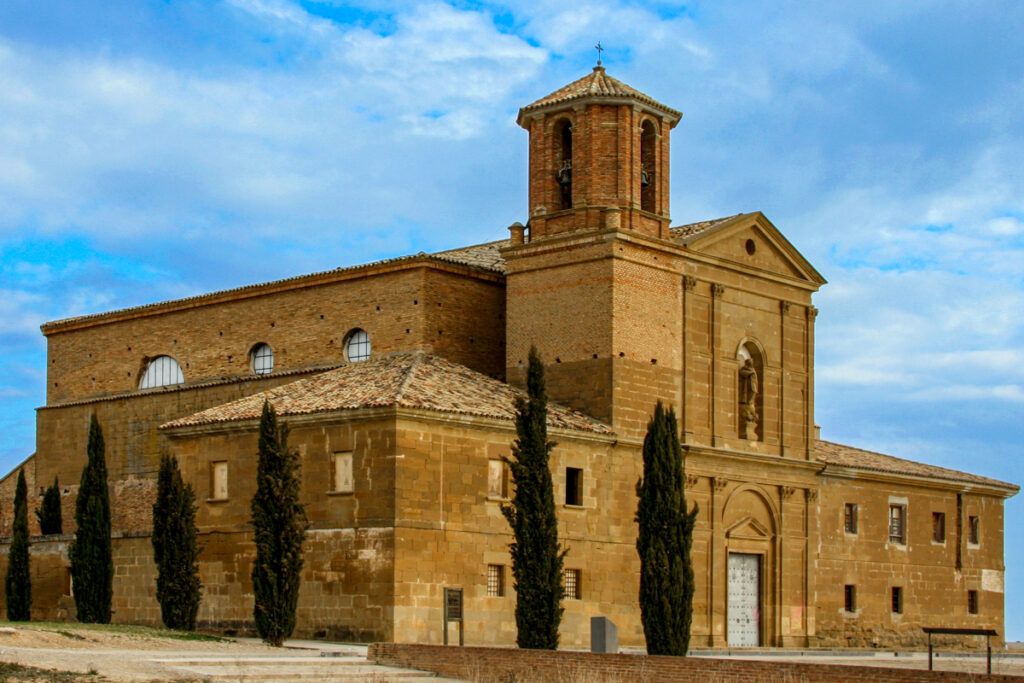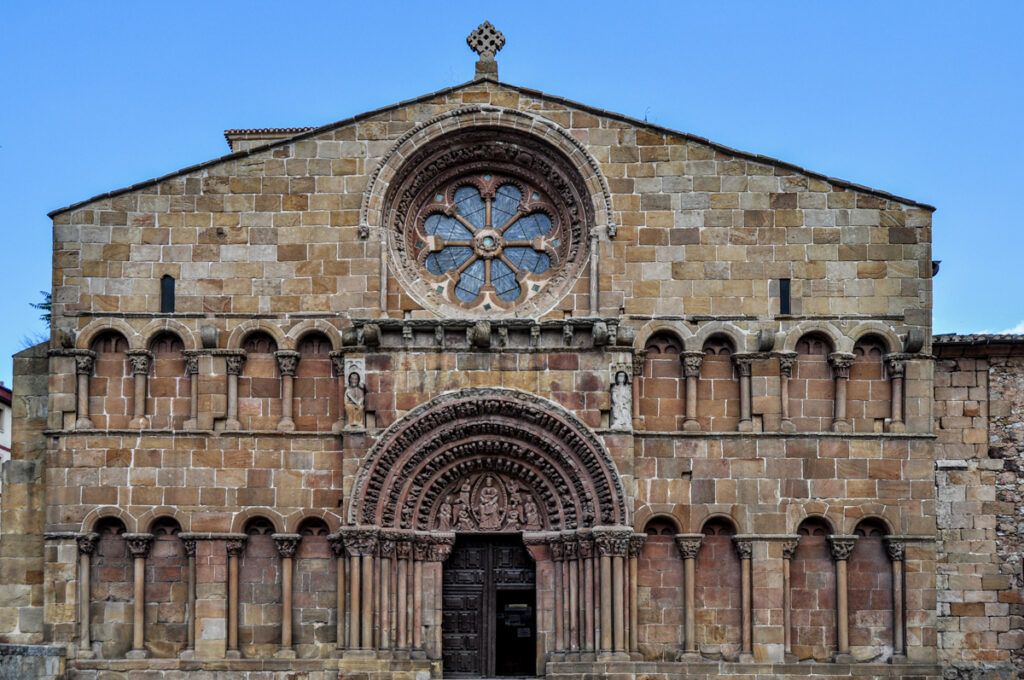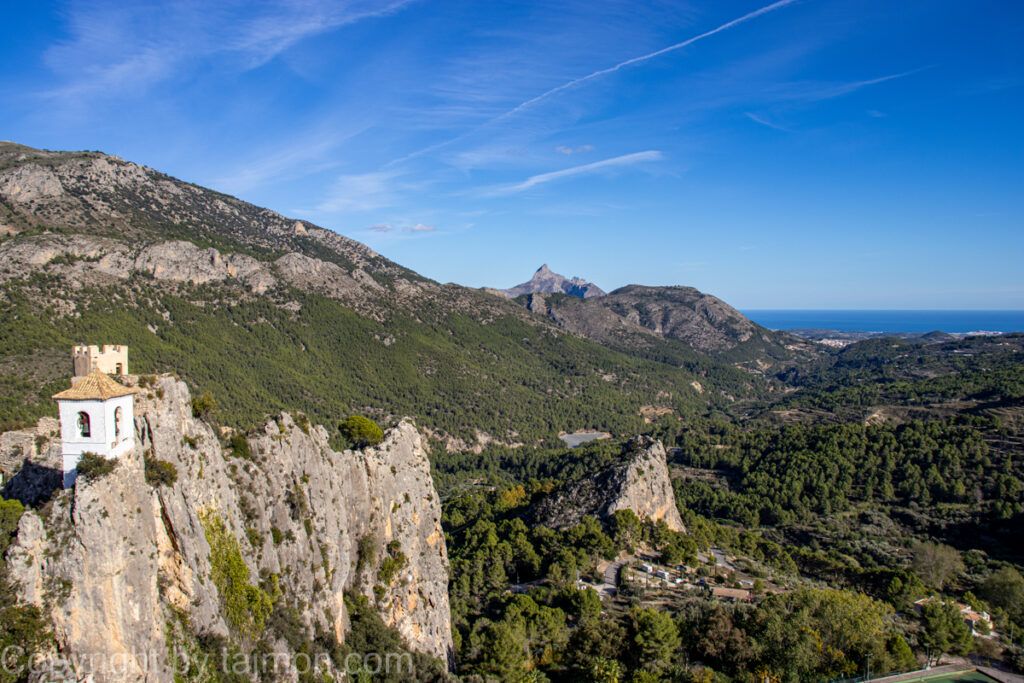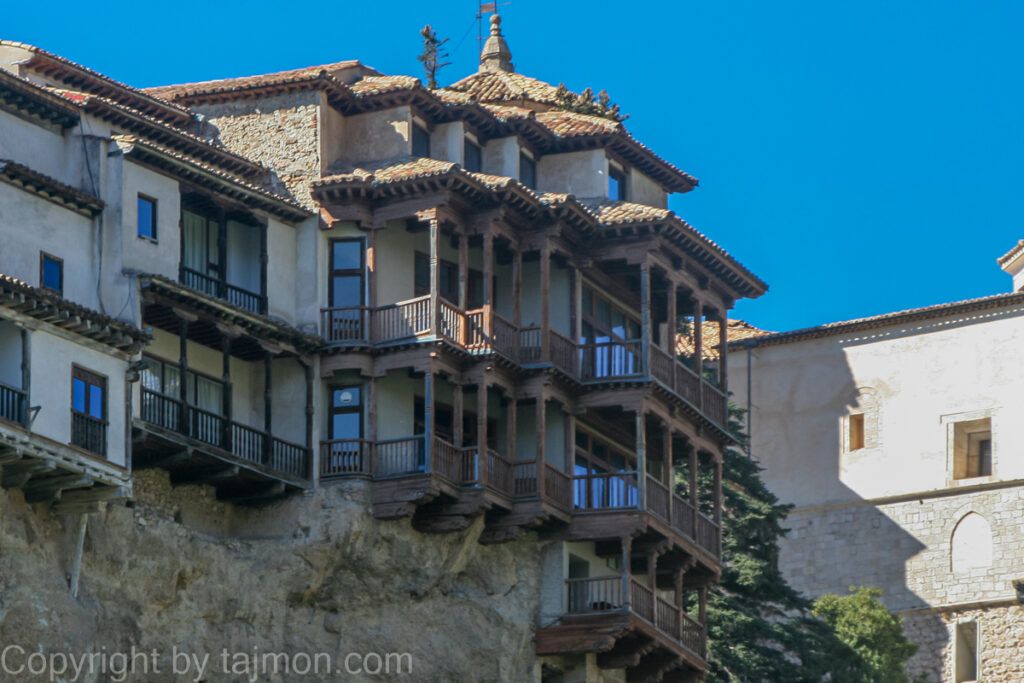Santa Maria Cathedral
One of the most characteristic and impressive buildings in Castellon is the Santa Maria Cathedral, located on Plaza Mayor. It is a temple with a rich and turbulent history, which reflects various architectural and artistic styles.
The first cathedral was built in the 14th century on the site of a former mosque, in the Gothic style. However, in the 16th century, it was destroyed by a fire and was rebuilt in the Renaissance style. In the 18th century, the cathedral was rebuilt again, this time in the Baroque style, with the addition of a neoclassical facade and tower. In the 19th century, the cathedral was elevated to the rank of a minor basilica. In the 20th century, the cathedral was damaged during the civil war and restored after its end.
Inside the cathedral, you can admire beautiful altars, paintings, sculptures, and stained glass windows, which testify to the richness and diversity of Castellon’s religious culture. It is worth paying attention to the main altar with the image of Our Lady of Loreto, the patron saint of the city, and the chapel of St. Christopher, the patron saint of travelers. The cathedral also houses a cathedral museum, where you can see valuable relics of sacred art, such as relics, vestments, monstrances, or chalices.
The Santa Maria Cathedral is not only a place of worship, but also a symbol of identity and pride for Castellón. It is here that the most important religious and civic ceremonies take place, such as processions, masses, weddings, or funerals. This is where the heart of the city beats.
If you want to learn more, don’t hesitate and enter the cathedral. You will see that it is not just a building, but also a story. A story of faith, hope, and love. A story about Castellon.
Trivia related to the Cathedral
Did you know that the cathedral has witnessed many miracles and supernatural phenomena?
The cathedral has witnessed many miracles and supernatural phenomena, which aroused admiration, curiosity, and controversy.
One of the most famous miracles that took place in the cathedral was the miracle of light. According to records, in 1375, during a mass, in the presence of King Peter IV of Aragon and his wife Eleanor of Sicily, a ray of light shot out from the image of Our Lady of El Lledó, the patron saint of the city, illuminating the entire cathedral and touching the king’s head. This miracle was recognized as a sign of blessing and protection for the city and its inhabitants.
Another well-known miracle that took place in the cathedral was the miracle of blood. According to records, in 1520, during the war of the comuneros, when the city was besieged by rebels, blood began to flow from the relic of the Holy Cross, kept in the cathedral. This miracle was recognized as a sign of warning and conversion for the city and its inhabitants.
One of the most mysterious supernatural phenomena that took place in the cathedral was the phenomenon of sound. According to witnesses, in 1987, during renovation works, a strange sound, similar to a whip or crack, began to come from the cathedral tower, called El Fadrí. This sound was heard for several days, without any logical explanation.
Did you know that the body of an unknown soldier who died in defense of the city rests in the cathedral?
In the cathedral in Castellon, in the left nave, there is a grave of an unknown soldier who died in defense of the city during the civil war in Spain. This grave offers tribute and respect to all those who gave their lives for freedom and democracy.
The grave of the unknown soldier was built in 1939, after the end of the war, on the site where the altar of St. Joseph used to be. It is a simple and modest tombstone made of stone, on which there is an inscription: “A los caídos por Dios y por España” (For those who fell for God and for Spain). On the tombstone lies a helmet and a rifle, symbolizing the soldier’s weapon and honor. The tombstone also rests a Spanish flag, symbolizing the homeland and unity of the nation.
In the grave rest the remains of an unknown soldier, who was randomly selected from among many who fell in defense of Castellón. It is not known who he was, where he came from, what his name was.
